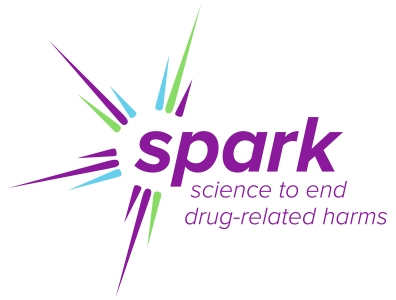Title: METROPOLITAN TRAJECTORIES OF HIV EPIDEMICS, DRUG USE, AND RESPONSES IN US KEY POPULATIONS
Project Number: 5R01DA037568-05
Contact PI / Project Leader: COOPER, HANNAH L
Awardee Organization: EMORY UNIVERSITY
Abstract Text:
For over 30 years, almost all studies of HIV/AIDS epidemics and programs have focused on one key population (KP) in isolation from other KPs. This siloed approach has significantly limited scientific understanding of the fundamental dynamics of HIV/AIDS epidemics, and has led us to miss vital opportunities to prevent new infections. Published and preliminary analyses by this team and others suggest that HIV/AIDS epidemics and programs in one KP may affect epidemics and programs in other KPs. For example, our analyses of the 96 largest US metropolitan statistical areas (MSAs) suggest that HIV prevalence among men who have sex with men (MSM) predicts HIV prevalence among people who inject drugs (PWID), and that HIV prevalence among PWID predicts AIDS incidence among heterosexuals. Studies of sexual networks also suggest that mixing occurs across KPs. Likewise, programs targeting one KP may affect epidemics in other KPs: we have found that the presence of syringe exchange programs predicts later lower AIDS incidence and mortality rates among heterosexuals in these MSAs. A key principle undergirding these findings has been that the HIV/AIDS virus, like many infectious diseases, affects populations, not just individuals and networks. Using this population-level approach, we will pioneer a novel line of high-impact epidemiologic, programmatic, and policy research on whether and how HIV/AIDS epidemics and programs affect one another across three KPs (i.e., MSM, PWID, and heterosexuals) in the US. This longitudinal (1992-2015) cohort study of the 96 largest MSAs in the US will (1) create MSA-level annual estimates of HIV/AIDS epidemic outcomes for each KP and KP subgroup (defined by race/ethnicity, age, and, for heterosexuals and PWID, gender), and of HIV/AIDS- related program presence and coverage for these KPs and KP subgroups. It will then describe how each of these epidemiologic and program variables varies across time and MSAs. Using these epidemiologic and programmatic estimates, it will (2) determine if and how HIV/AIDS epidemics in one KP affect and are affected by epidemics in other KPs, both overall and across KP subgroups; and (3) discover determinants of the presence and coverage of HIV/AIDS-related program presence and coverage for each KP and KP subgroup. Aim 2 will be guided by the Political Ecology of Disease and the Dialectical Model of Epidemics frameworks; Aim 3 will be guided by the related Theory of Community Action. By achieving these aims and embracing a population-level perspective, the proposed study will advance a new paradigm of research that will discover and describe how cross-KP dynamics help drive HIV/AIDS epidemics in the US. Findings will also open up new arenas for intervention, including interventions that seek to prevent epidemics in one KP from affecting epidemics in other KPs, and that maximize positive effects of interventions across KPs. A team of researchers with deep knowledge of epidemics and programs within each KP has joined forces to integrate their KP- specific expertise to conceptualize and study these cross-KP interactions.
